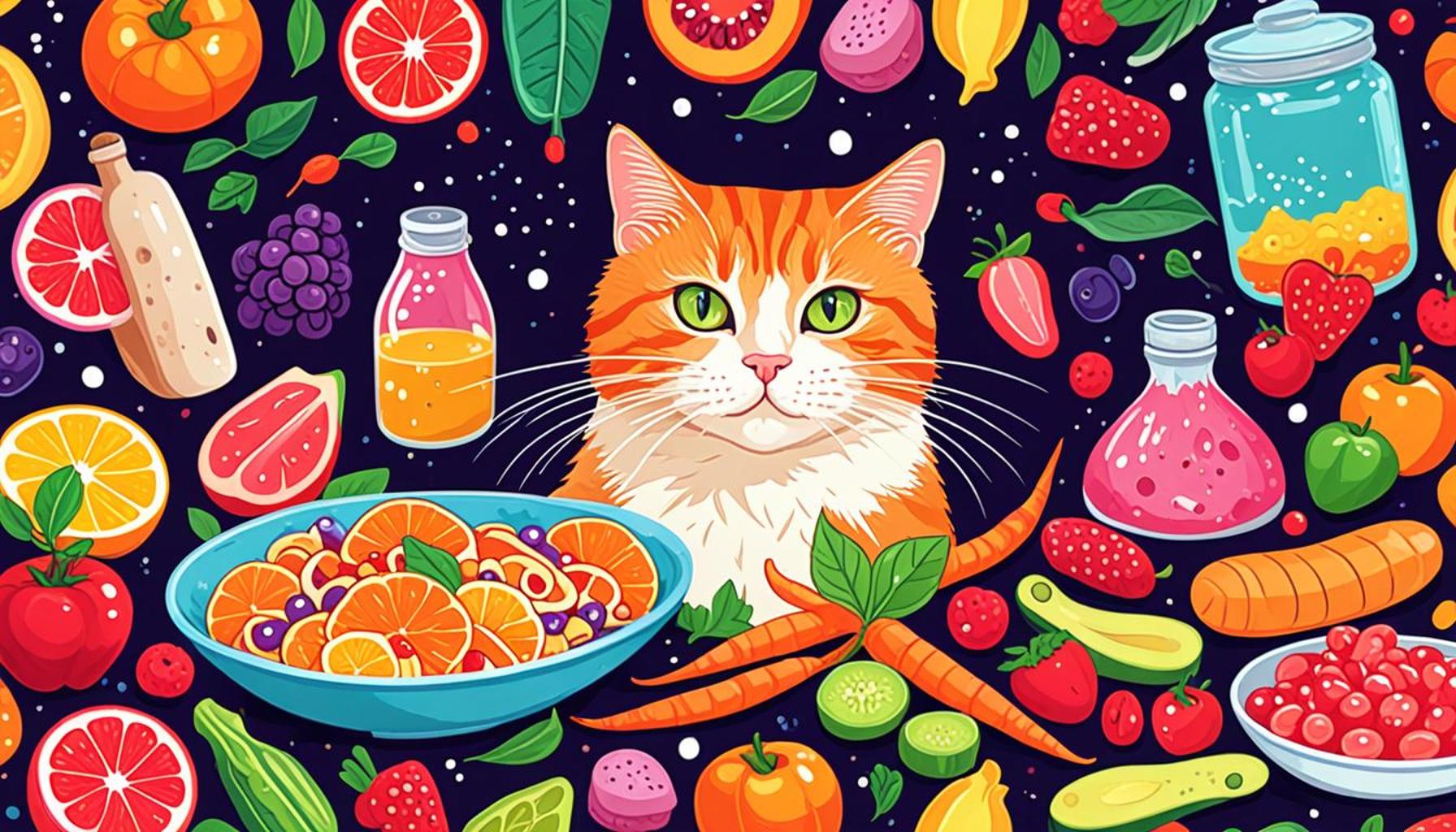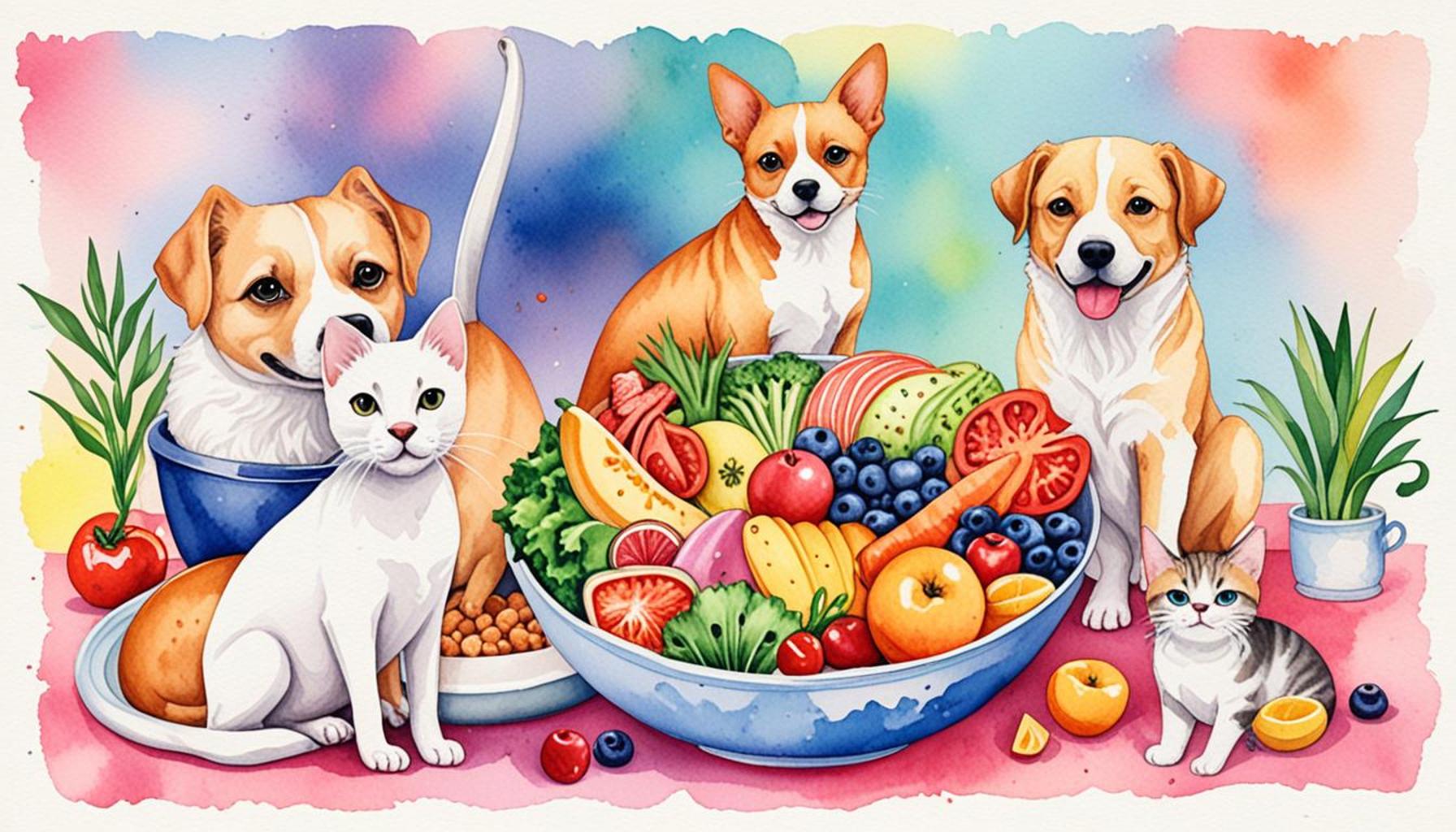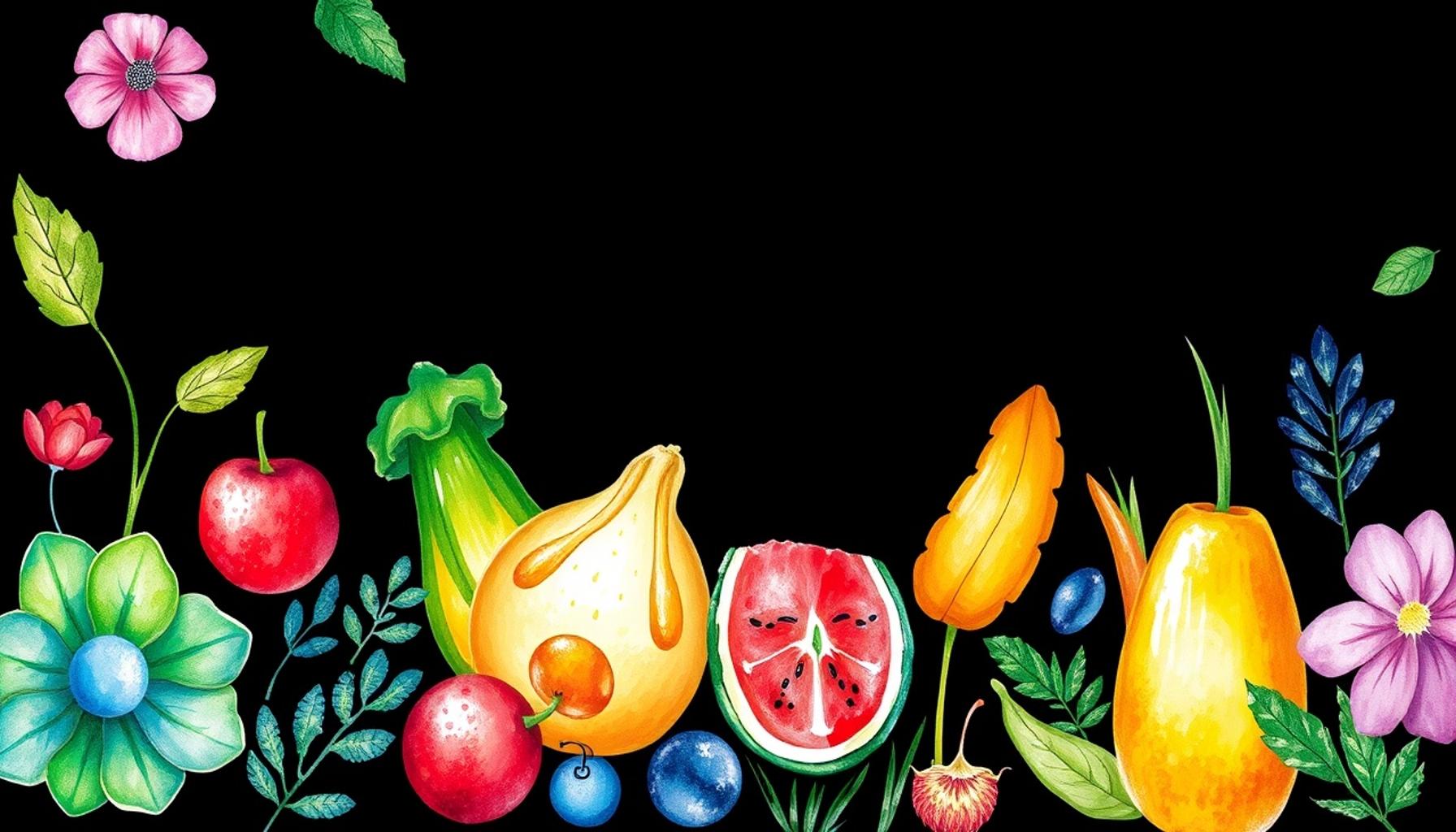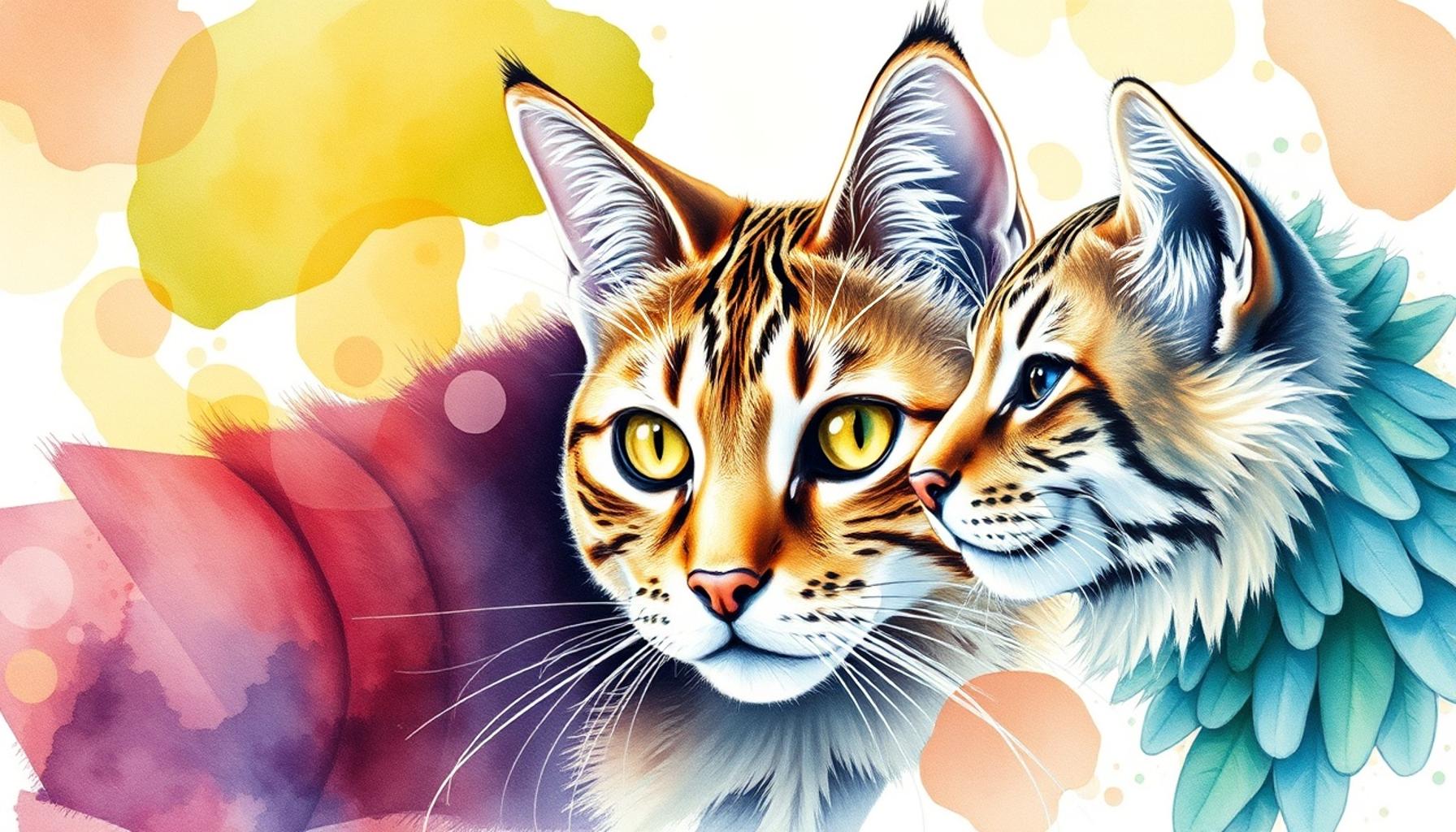Proper Nutrition for Cats: What You Need to Know

Understanding Your Cat’s Nutritional Needs
Cats, often perceived as independent creatures, depend heavily on their owners to provide the right nutrition for a healthy life. With a myriad of diets available on the market, understanding what truly constitutes proper nutrition for your feline friend is essential. This article delves into critical components that every cat owner should consider, ensuring that your cat thrives and lives a long, happy life.
- High Protein Content: As obligate carnivores, cats require a diet high in protein sourced primarily from animal products. Unlike dogs, they are unable to synthesize certain essential amino acids found in meat. For example, taurine, an amino acid crucial for heart function, eye health, and reproductive health, must come from their diet. A protein-rich diet might include options like chicken, turkey, and fish, which not only provide energy but also support muscle development and maintenance.
- Moisture Intake: Given their evolutionary background, cats have a low thirst drive and may not drink enough water from a bowl alone. This makes wet food an excellent option to ensure hydration, as it contains about 70-80% moisture. For instance, canned cat food can be a great way to encourage your cat to consume enough fluids, particularly for those who might be prone to urinary tract issues. Additionally, some pet owners choose to provide a water fountain, as many cats are attracted to running water, which further encourages drinking.
- Essential Nutrients: Beyond protein, cats need a variety of vital nutrients. Omega fatty acids, for instance, are important for skin and coat health, promoting a lustrous fur coat while minimizing shedding. Vitamins such as A, D, E, and specific B vitamins also play crucial roles in maintaining overall health and supporting metabolic functions.
Understanding the balance between these components can help prevent common health issues, such as obesity or urinary tract problems. A poorly balanced diet might lead to excessive weight gain, which is a prevalent issue in the United States, affecting nearly 60% of cats. It’s essential to focus not merely on filling their bowl; instead, prioritize fueling their bodies with the right ingredients. This guide aims to assist you in navigating the variety of cat foods available, helping you ensure your pet receives a balanced diet tailored to its unique needs.
The Importance of Customization
Every cat is distinct, and their dietary requirements can vary widely based on factors such as age, weight, breed, and activity level. For example, kittens have higher energy needs than adult cats, requiring nutrient-dense foods that support their growth. Conversely, senior cats may need special formulations to address health issues like kidney disease or arthritis.
This necessitates a personalized approach to feeding your cat. By paying attention to their individual needs and consulting with a veterinarian, you can choose the best feeding regimen that promotes their well-being. You might want to gradually transition to a new diet to prevent gastrointestinal upset while monitoring their response closely. By being attuned to your cat’s changing needs, you can help ensure they thrive and live their best life, making informed choices that reflect their unique health journey.
Catering to Different Life Stages
Understanding proper nutrition for your cat goes beyond simply choosing a high-quality food brand. It’s imperative to pay close attention to their specific life stages. Just like humans, cats have different nutritional needs at various points in their lives, and meeting these needs is crucial for their overall health and well-being.
For kittens, their rapid growth and development necessitate a diet that is both energy-dense and protein-rich. This will support not only their physical growth but also the development of their immune system. Look for kitten-specific formulas that are high in proteins and fats, often containing DHA, an omega-3 fatty acid essential for brain development. Feeding a balanced diet at this stage can significantly influence their future health.
As cats reach adulthood, typically around one year old, their nutritional needs shift. They require a balanced diet, rich in protein but moderated for fat content to prevent obesity, which is a widespread concern among domestic cats in the United States. A healthy adult cat’s diet should also include fiber, which aids in digestion and prevents hairballs, a common issue for felines. Many pet owners might consider switching to adult cat food that specifies maintenance diets, tailored to cats who lead an active lifestyle versus those that are more sedentary.
Senior cats, generally those over the age of seven, face different health challenges and, subsequently, different dietary requirements. They often benefit from diets tailored to support joint health, maintaining lean muscle mass, and kidney function. Senior cat food is formulated with lower calorie content, increased fiber, and specific nutrients such as glucosamine and omega fatty acids that can alleviate the effects of aging. It is advisable to consult with your veterinarian to find the right food that caters to any specific health concerns, including kidney or dental issues which are prevalent in older felines.
Understanding Ingredients
When selecting cat food, ingredient lists speak volumes about the quality of the nutrition provided. High-quality protein sources should be the first ingredient, with named meats like chicken or fish taking precedence over generic terms like “meat meal.” In addition to protein, a healthy balance of carbohydrates and fats should be present, although cats do not require as many carbohydrates as dogs. Focus on foods that include whole grains or legumes, providing necessary energy without overloading their systems with fillers.
- Ingredient Transparency: Look for brands that are clear about their sourcing and ingredient quality.
- Formulated with Care: Choose products that have been scientifically formulated and are backed by veterinary nutritionists.
- Avoid Harmful Additives: Be cautious of artificial preservatives, colors, and flavors in cat foods as they can lead to health issues.
In conclusion, understanding and catering to your cat’s nutritional needs based on their life stage, and being mindful of ingredient quality, can help enhance their health and longevity. As you strive to provide the best for your feline friend, remember that regular veterinarian check-ups are vital. They can offer tailored advice that aligns with your cat’s unique health profile and evolving requirements.
| Nutrition Type | Key Benefits |
|---|---|
| High-Quality Protein | Supports muscle development and overall vitality in cats, providing energy essential for their daily activities. |
| Essential Fatty Acids | Improves coat health and skin condition, while also contributing to better brain functionality and a strengthened immune system. |
In the realm of cat nutrition, understanding the critical elements of their diet is key. High-quality protein sources are integral as they are biologically required for a cat’s health. Protein supports not only muscle growth, but also provides the energy cats need to maintain their playful behavior. These proteins should primarily come from animal sources, like chicken, fish, and beef to meet the dietary needs of felids.Moreover, incorporating essential fatty acids into your cat’s diet can significantly enhance their overall wellness. These fatty acids can be found in fish oils and certain plant oils, playing a vital role in promoting a shiny coat and healthy skin. Additionally, they contribute to cognitive health and a robust immune system, ensuring your feline friend remains lively and active throughout their lifetime.As you explore more about proper nutrition for your cat, consider the composition and quality of their food. It is essential to understand how these nutritional elements interact and benefit your pet, paving the way for informed dietary decisions.
The Role of Hydration in Cat Health
While feline nutrition often focuses on food, the importance of hydration cannot be overlooked. Cats are naturally low drinkers, stemming from their ancestry as desert-dwelling creatures. This characteristic makes it crucial for pet owners to ensure their cats maintain adequate hydration levels, as insufficient water intake can lead to serious health issues, including kidney disease and urinary tract problems.
Many cats do not drink enough water, especially if they are primarily fed dry kibble, which contains minimal moisture. To combat this, consider incorporating more moisture-rich foods like wet cat food into their diet. These foods typically contain over 70% moisture and can significantly improve your cat’s hydration levels. Additionally, providing a cat water fountain can appeal to a cat’s instinct to drink from flowing water, encouraging them to drink more.
- Fresh Water Access: Always ensure that your cat has access to fresh, clean water. Replace it daily, as some cats are particularly sensitive to stagnant water.
- Monitoring Hydration: Watch for signs of dehydration, such as reduced skin elasticity, dry gums, or lethargy. If any of these signs are present, consult your veterinarian.
- Hydration Supplements: Some owners consider adding hydration-enhancing supplements or broth to their cat’s meals to increase fluid intake.
Special Dietary Needs
In addition to considering life stages and hydration, some cats have unique dietary requirements due to health conditions. For instance, cats with diabetes require low-carbohydrate diets to help regulate blood sugar levels. On the other hand, cats with allergies might need a limited-ingredient diet to pinpoint and eliminate food triggers.
For cats prone to obesity, a weight management diet is essential. These foods usually contain fewer calories while ensuring essential nutrients are still delivered. Regular consultations with your veterinarian can guide you in choosing foods that accommodate such dietary restrictions while maintaining overall health.
Moreover, cats can suffer from conditions such as hyperthyroidism or renal failure, both of which may dictate specific dietary restrictions. Hyperthyroid cats might require iodine-restricted food, while those with kidney disease often need reduced protein content and enhanced palatability to encourage food intake. Thus, working alongside a vet to develop an appropriate meal plan is vital for managing these diseases.
The Importance of Portion Control
Portion control plays an equally significant role in maintaining your cat’s health. Despite how intuitive it might seem to fill the bowl at will, feeding your cat the proper portion sizes based on their age, weight, and activity level is crucial for preventing obesity. Many veterinarians recommend utilizing feeding guides on cat food labels as a starting point, but keep in mind that individual needs will vary.
- Measuring Cups: Use measuring cups or a food scale to ensure you are giving the right amount of food.
- Scheduled Feedings: Establish a regular feeding schedule to monitor food consumption and dispense the daily allotment over multiple meals.
- Monitoring Weight: Regularly assess your cat’s weight and consult your veterinarian if you notice significant changes.
By focusing on hydration, special dietary needs, and portion control, you can provide a well-rounded approach to your cat’s nutrition. Understanding these factors will contribute to a happier, healthier feline companion in your home.
Conclusion
Providing proper nutrition for cats is essential in ensuring their overall wellbeing and quality of life. As we dissected throughout this article, pet owners must recognize the intricate balance of factors that contribute to a feline’s dietary needs, including age, health conditions, hydration, and portion control. Quality cat food rich in essential nutrients, paired with a focus on hydration, plays a critical role in maintaining your cat’s happiness and health.
Moreover, understanding special dietary needs allows cat owners to tailor their pet’s nutrition plans to address unique health challenges, such as diabetes, obesity, or kidney disease. Collaborating with a veterinarian not only helps in formulating the appropriate meal plans but also provides peace of mind knowing that you are making informed decisions for your furry friend.
In addition to these aspects, it’s crucial to keep an eye on portion sizes and feeding schedules, as a well-regulated diet can prevent many health issues that arise from improper feeding habits. Incorporating wit cat food and ensuring constant access to fresh water can greatly enhance your cat’s hydration levels, promoting a healthier lifestyle overall.
In conclusion, the right nutrition is not just about feeding your cat; it’s about fostering a long, vibrant life. By being proactive and educated about your cat’s dietary requirements, you’re making a significant commitment to their health. Thus, take the time to explore nutritious choices and engage with your veterinarian, ensuring a happy and thriving relationship with your beloved feline companion.


